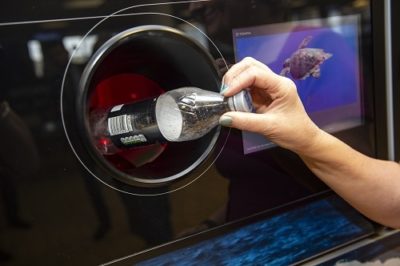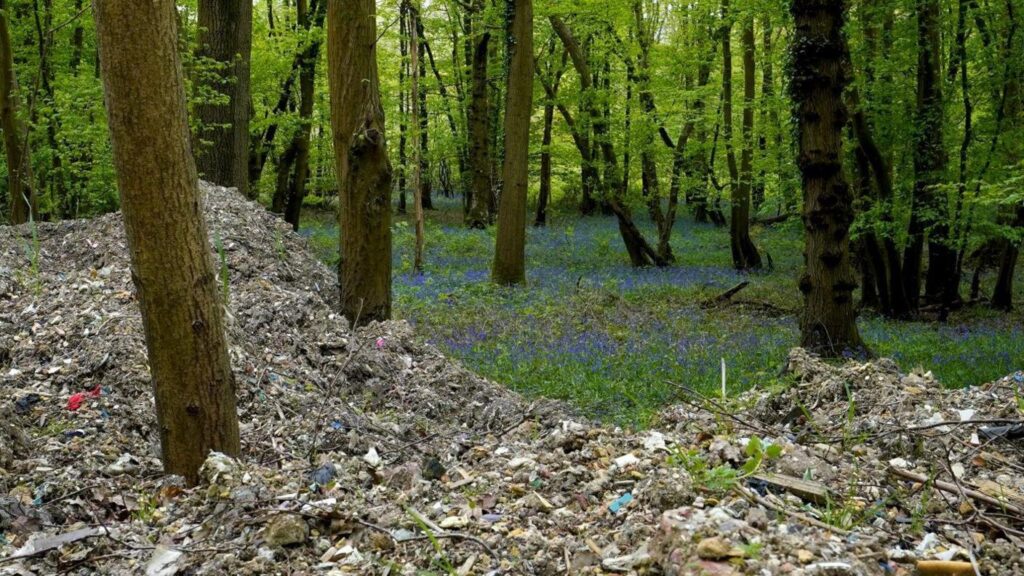Over half a billion containers have been returned since the start of the Irish scheme six months ago.
The report – Deposit Return Schemes (DRS): What’s in store for the UK? – sought to prepare insights from the Irish DRS to inform the incoming UK DRS. It builds on a report from 2022, including further research to understand the response to the introduction of the DRS in Ireland.
In its original research, SBF GB&I predicted that it would take seven weeks for most shoppers (88%) to rethink their relationship with plastic bottles and to appreciate their value after living with the scheme.
The new report has said that this process can be expediated by showing the benefits for communities and how consumers can play their part.
Additionally, the report found that there are still some barriers to participation, including those who have difficulty storing drinks containers on the go before returning to a store, or don’t visit supermarkets as often, but that these barriers are reducing.
Keith Allen, commercial sustainability director at SBF GB&I, commented: “There is a great opportunity to learn from the implementation of DRS in Ireland and we are committed to ensuring a successful roll out in the UK.
“We know people will experience that initial moment of surprise at having to pay more upfront, and then return the container in good condition to reclaim their deposit, but it’s promising to see shoppers adapt and form new routines. We are on hand to support retailers on this journey, by sharing these lessons and opportunities that will help them prepare effectively.”
DRS in the UK will be introduced in October 2027.








Whilst useful in is difficult to make accurate comparisons with the UK as in Ireland, all households with kerbside collection are covered by PAYT charging systems. This also applies for residual waste at HWRCs. This means that residents get charged according to how much they throw away. So it is a double incentive to adapt. However, even given this environment it is worth noting the equally high, but different barriers that exist in high density housing and rural areas.